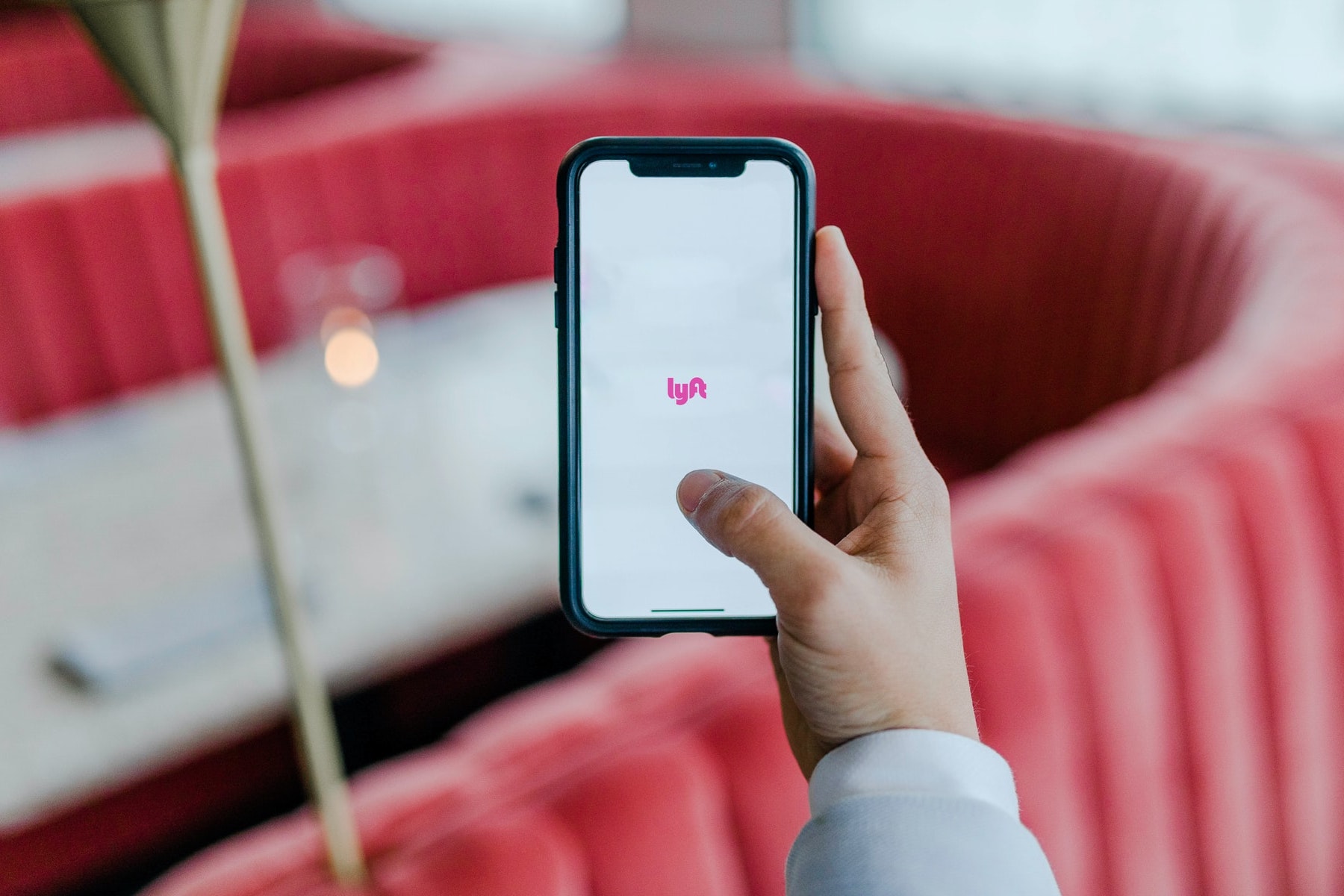If you were to search “Who is the CEO of Lyft?” right now, to the right of the screen you would see a picture of Logan Green in a white shirt underneath a black blazer, snapshotted in the midst of what could possibly be an interview. To the left, a brief Wikipedia note would establish Green as the co-founder of Lyft, which he founded with John Zimmer back in 2012.
“Lyft grew out of Zimride, a ride share company also previously founded by Green and Zimmer in 2007,” the entry states, followed by other trivial information about Green. But that’s it. Even if you click on the link to get the full bio, there is nothing there that explains the beginning stages of Zimride — a name that came from, and was inspired by, the country of Zimbabwe.
The Trip
It all started at the University of California in Santa Barbara. Young Green was obtaining his bachelor’s in business economics. Alongside his major, Green was also one of the youngest directors for the Santa Barbara Metropolitan Transit District, served as a board member for the Isla Vista Recreation and Park District and even curated a student funds project that seeks to promote “sustainable modes of transportation, increase energy and water efficiency, restore habitat, promote environmental and food justice, and reduce the amount of waste created by UC Berkeley.”
Growing up in Los Angeles, Green spent most of his life stuck in traffic, which prompted his interest in solving transportation flaws. In order to do this, Green had to navigate around the bay area without an automobile.
“I wanted to absorb all the alternatives to car ownership,” Green told The Los Angeles Times. “My hope was to come up with a transportation solution that didn’t require everybody to own a car like L.A. does.” Greyhound, Amtrak and Craigslist carpooling boards were his way of not only getting around in general, but also visiting his girlfriend at the time.
There were many times when Green experienced bus breakdowns halfway to meeting his girlfriend, leaving him stuck for hours. As he explained to Flexiple, “It’s moments of pain like that that really made me think, ‘How can we do this better?’”
It wasn’t until 2006 when Green took a post-college trip to Zimbabwe and noticed locals using crowdsourced carpool networks to get around that he was struck with the idea to form Zimride. “The streets were quiet because nobody was driving, and the government was too busy ruining the country to think about providing services like public transportation,” Green stated in an interview with Tech Crunch. “So instead, people piled into shared minivans as a way to get around.”
Green was impressed at how a country like Zimbabwe, which he declared “had close to zero resources,” was able to generate a better transportation network than his college campus in Santa Barbara. According to Tracy Lien of The Los Angeles Times, “… he’d seen ordinary Zimbabweans do this, so he knew it worked. Maybe he could replicate it, make it work for Americans.”
The Discovery
And Greene did just that by replicating the service he’d seen in Zimbabwe, reintroducing it as an application called Zimride in honor of Zimbabwe’s carpooling network.
At the time, Facebook had just opened its application programming interface, or API, to third-party developers. With the help of the API, Green cultivated a platform that allowed users to plan and find carpoolers nearby and offer long-distance ridesharing between college campuses. While advertising his new application via Facebook, Green was connected to John Zimmer.
An analyst at Lehman Brothers in New York and a Cornell graduate who spent his college years arranging trips from Cornell to New York City, Zimmer was a carpool enthusiast as well. Through a mutual friend, the two were able to set up a meeting in New York, which resulted in a partnership. Green was still in college at the time, so most of the funding for Zimride came from Zimmer.
With Zimmer’s help, the first version of Zimride was launched at Cornell; after six months of service, 20% of the student body had signed up for the app. Later in 2007, Zimride became 100% active on both the Cornell campus and at the University of California, Green’s alma mater.
But coordinating rides via Facebook would become cumbersome. To resolve this dilemma, Zimmer and Green expanded from Facebook with guerrilla marketing campaigns. One notable example was the pair’s decision to dress up in frog suits and hand out flyers to advertise.
Eventually, Zimmer would quit his job and move to San Francisco to work alongside Green with Zimride full-time. The two would move in together, flip half of their living space into an office and work without a salary for three years.
The Now
By April of 2012, Zimride had 29 employees, facilitated 26,000 carpools and was active at over 125 college campuses, such as the University of Minnesota, Harvard, the University of Michigan and numerous others. All of these universities were paying $10,000 per year to use the transportation platform.
“The bigger vision, which we’ve always had, was providing a full alternative to car ownership,” Zimmer further explained to Flexiple. In May 2012, the duo launched a smartphone app that allowed users to request rides for shorter commutes instead of the long-distance travels that Zimride began with via Facebook.
A year later, Green and Zimmer sold Zimride to Enterprise Holdings and relaunched Lyft, which was “… no longer just a product that Zimride had created — it was the primary focus of the company,” related Ryan Lawler, a writer at Tech Crunch.
Lyft became available in all 50 states in 2017, valued at $11.5 billion dollars, and remains one of the most popular rideshare services today. The iconic pink mustaches that the brand displays are a testament to that!

















